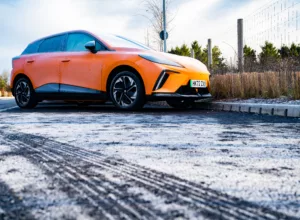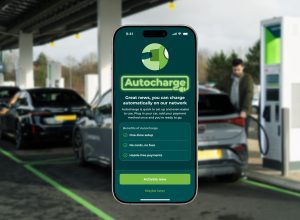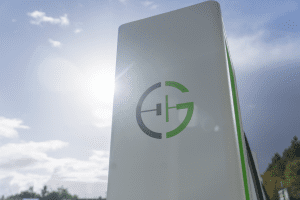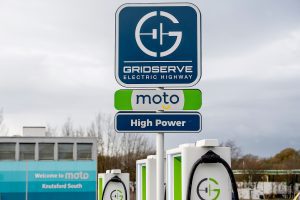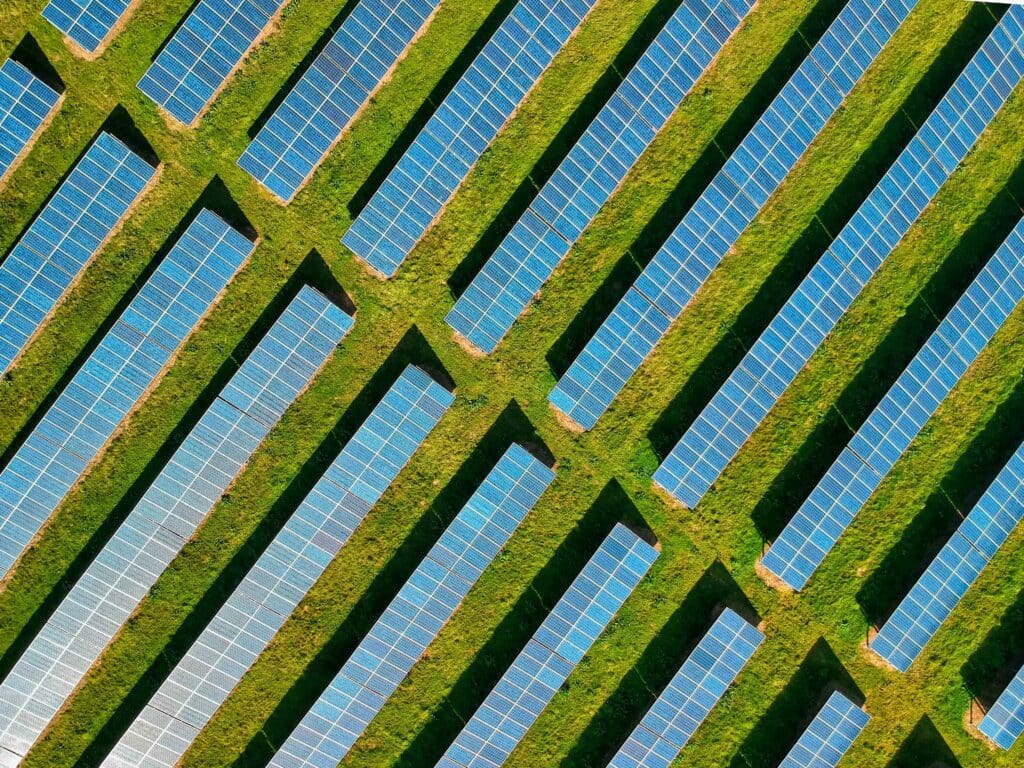

The natural world provides a desirable list of services for us and all for free. On this longest day of the year, our UK solar farms will be exposed to nearly 17 hours of sunshine, ensuring that this will be the most productive day for clean energy generation as we continue to power millions of electric vehicle (EV) miles throughout the country.
We want drivers to know that every time they charge their vehicle with GRIDSERVE, they’re promoting a more sustainable form of energy generation and helping to reduce the country’s carbon footprint. But on a macro scale, we still need to prepare our energy systems to make the switch from large and centralized fossil fuel power plants to clean, decentralised power generation with storage facilities. Every day we fail to do so, where we prolong the status quo and continue to burn stuff, we accelerate our already catastrophic climate emergency.
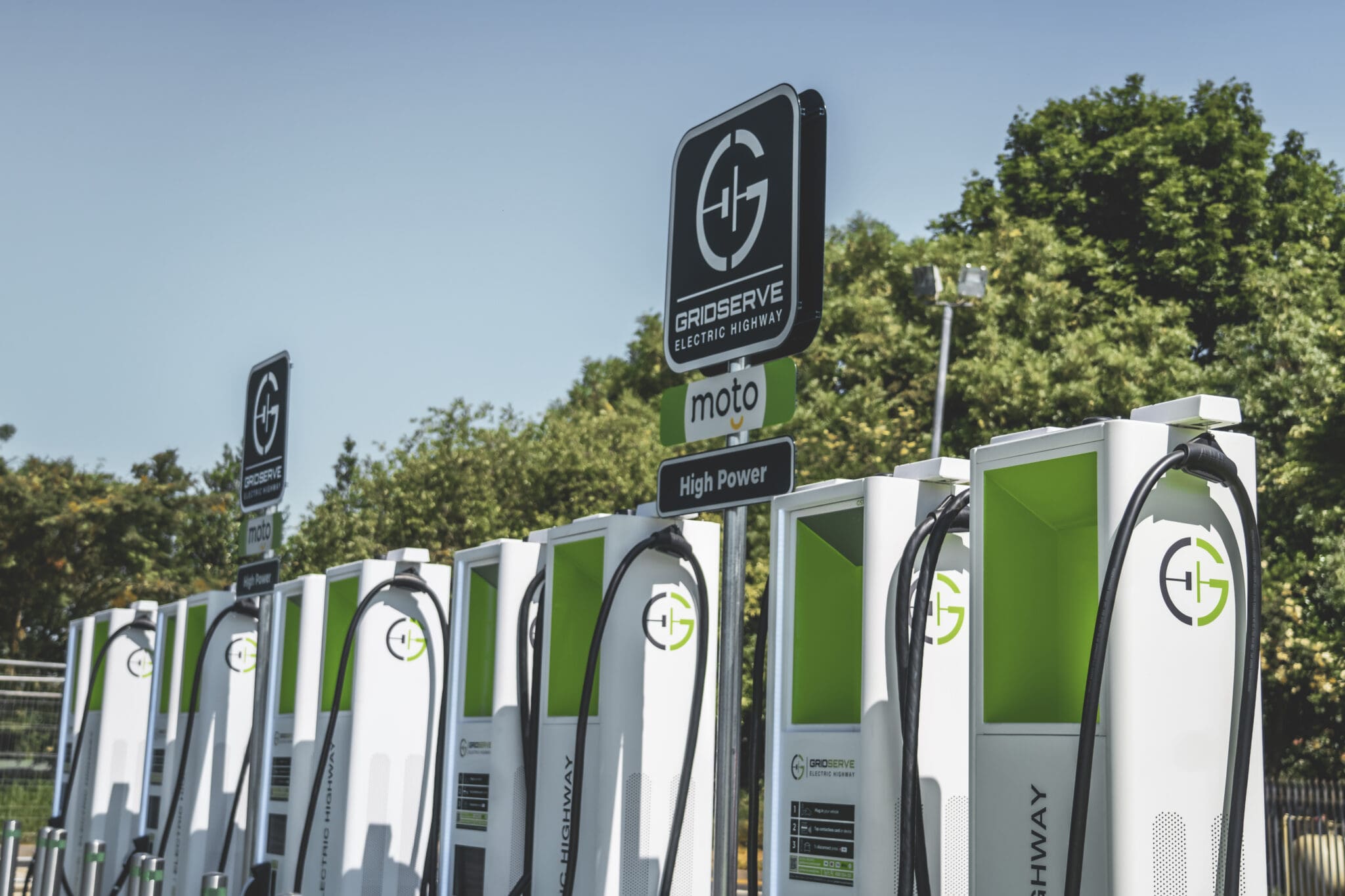
Solar photovoltaic (PV) energy systems are affordable, reliable, low-impact and highly effective. In 2021, our industry supplied more than 4% of the UK’s entire electricity demand, contributing as much as 30% to the energy mix on summer days. In the USA, solar also makes up about 3% of electricity supply, but the Biden administration hopes it will reach 45% by 2050. Further, in 2018, the state of California passed an amendment that now requires newly built homes under three stories high to install enough PV to net out the annual kWh used by the house.
This policy simultaneously encourages houses to be constructed more energy efficiently while ensuring solar panels are installed at the most cost-effective time. Ambitious targets and clear policy – like ending the sale of petrol and diesel cars by 2030 – are precisely what is required for the UK to meaningfully address the climate, energy and housing challenges, all of which are interlinked.
We’re proud to be supporting the solar industry and have witnessed the experience curve in full effect. The first silicon-based solar cell developed by Bell Labs in 1954 had an efficiency rating of around 4%. Today, and thanks to improvements in efficiencies through better conductive pastes, bigger individual cells, the ability to capture more wavelengths of light, thinner silicon wafers and less silicon wastage in slicing means the efficiency rating of a modern monocrystalline silicon module is more than 18%. These efficiencies are continuing, alongside increased durability and a reduction in costs.
As an asset, solar is now incredibly attractive for investors. Its modularity makes the infrastructure reliable, resilient, quick to deliver and low risk. Photovoltaics is a technology that generates electricity directly, has no moving parts and requires no material inputs once it is installed. Solar, like wind, has no marginal cost. Combined with battery storage, you can also create demand flexibility for the grid.
Yet as with electric vehicles, we’re now seeing many questions (and disinformation) being shared about solar pricing, the impacts of farming, intermittency and the cost of backup generation as the fossil fuel lobbies fight back. Naturally, a solar farm generates more energy in a sunny place, than a non-sunny place. And yes, solar farms will produce more energy than their predicted monthly output in the summer and less in winter.
We’re not suggesting solar power is the only, or always the best solution, but it works unequivocally in the UK and is one of the cheapest, easiest and quickest sources of clean energy that we can implement to make a meaningful impact on moving the needle on climate change. Just one acre of solar panels in the UK, or half a football pitch, is all it takes to provide one million miles of EV driving year. It makes us hopeful that in the coming months and years, we’ll see many more sparkling blue mirrors shimmering on the horizon.
